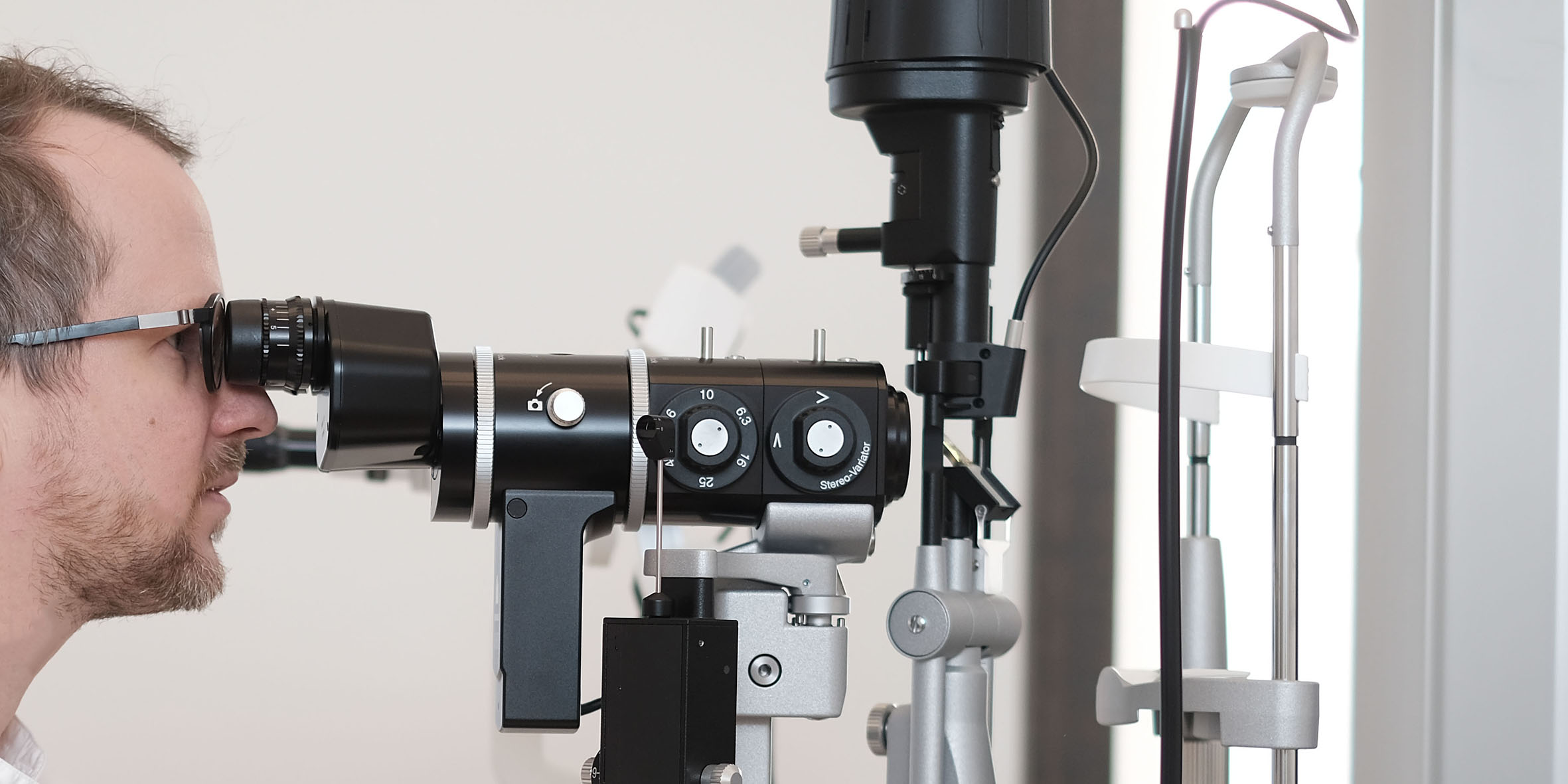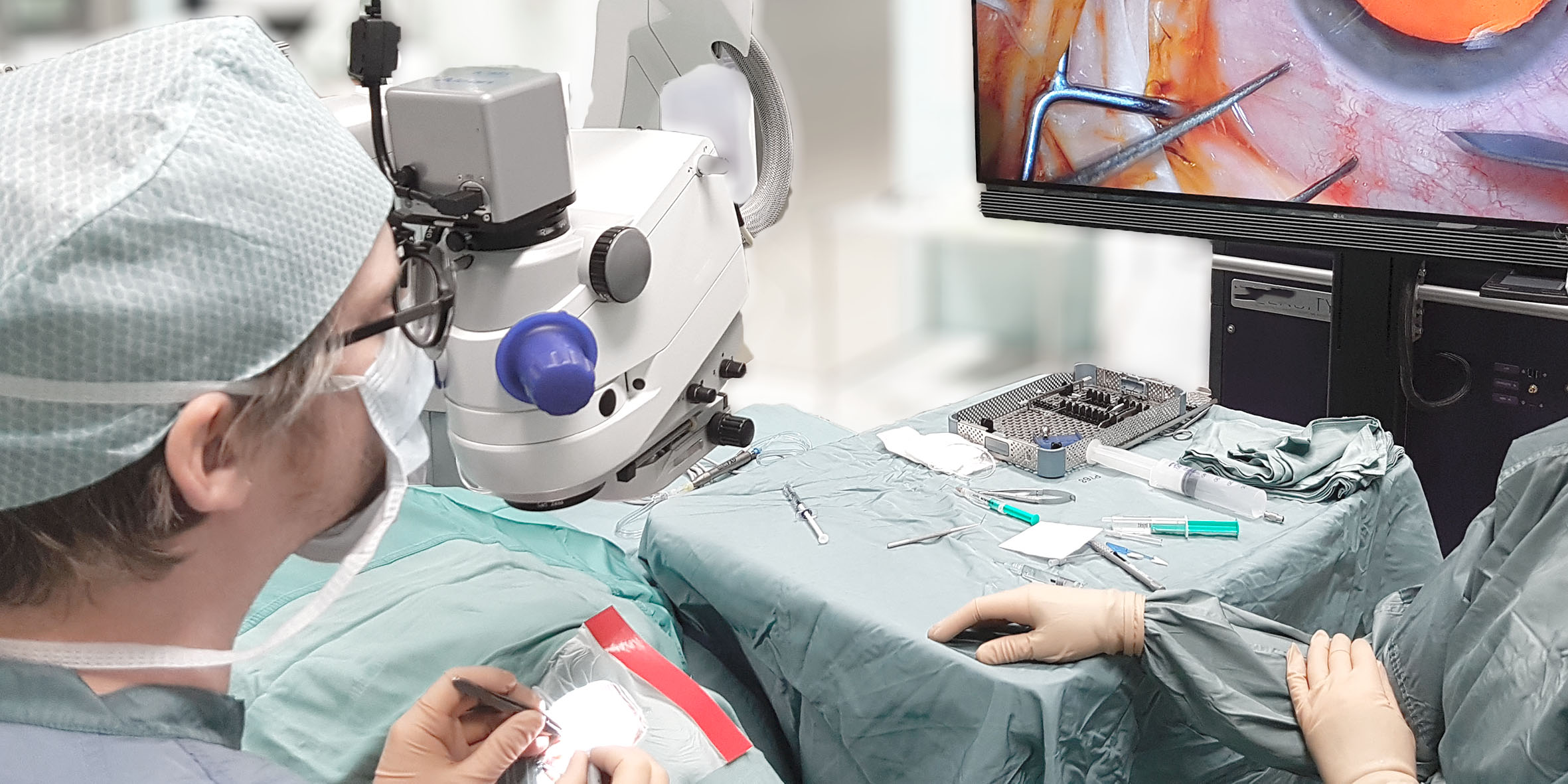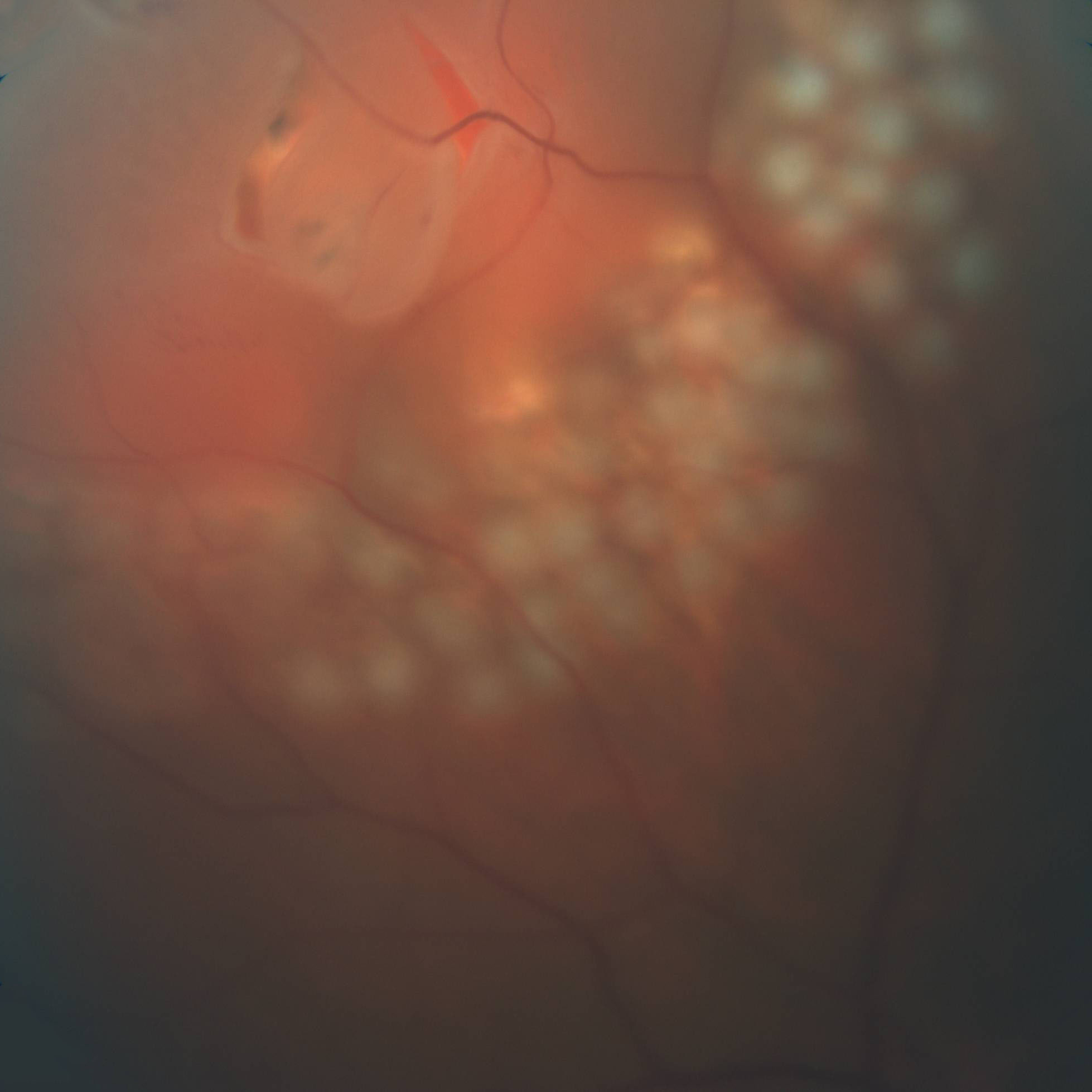
Netzhautriß und umgebende Netzhautablösung mit Laserkoagulaten abgeriegelt
What is a retinal detachment?
A retinal detachment is an emergency situation. The light-sensitive thin layer separates from the inside of the eye. The photoreceptors that cause our vision are no longer adequately supplied with oxygen and other nutrients. Risk factors for the onset of retinal detachment are those over 50 years of age, relatives of the retinal family, diabetes, cataract surgery, retinal degenerative diseases (eg, lattice zone), eye injuries, or severe nearsightedness.
What symptoms do you notice?
A retinal detachment is painless. However, warning signs may appear shortly before or after the replacement:
- flashes of light
- Blurred vision
- Sudden onset of multiple vitreous opacities, visible as black spots or
- A curtain-like shadow that presses from the outside into the field of vision
Three types of retinal detachment
Rhegmatogenous retinal detachment and retinal tear
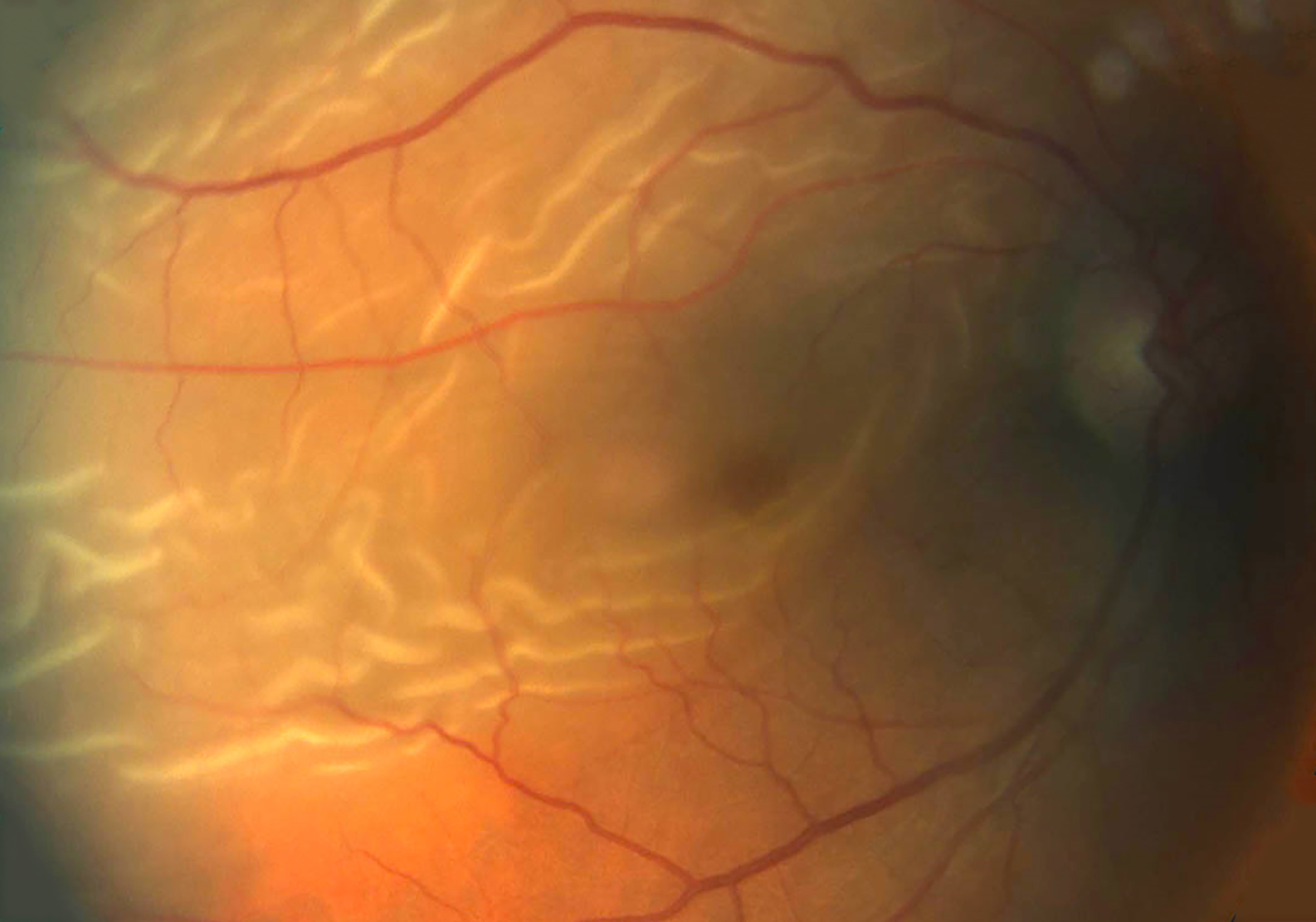
Retracted retina in the area of the macula
Rhegmatogen means “crack-related”. The cause of this form is a defect, a tear, in the retina, which causes fluid to flow under the retina and, in the absence of therapy, may result in total retinal detachment. The cause of a retinal tear is the change in the vitreous during life. The vitreous (Vitreus) is a transparent gel inside the eye and dissolves in the normal aging process of the retina. This is called vitreous detachment. However, if the vitreous body adheres firmly to the retina in some places and exerts a pull, this can lead to a retinal hole, resulting in retinal detachment. The pull on the retina is perceived by the patients as lightning. The symptoms of a retinal defect are similar to retinal detachment.
Tractive retinal detachment
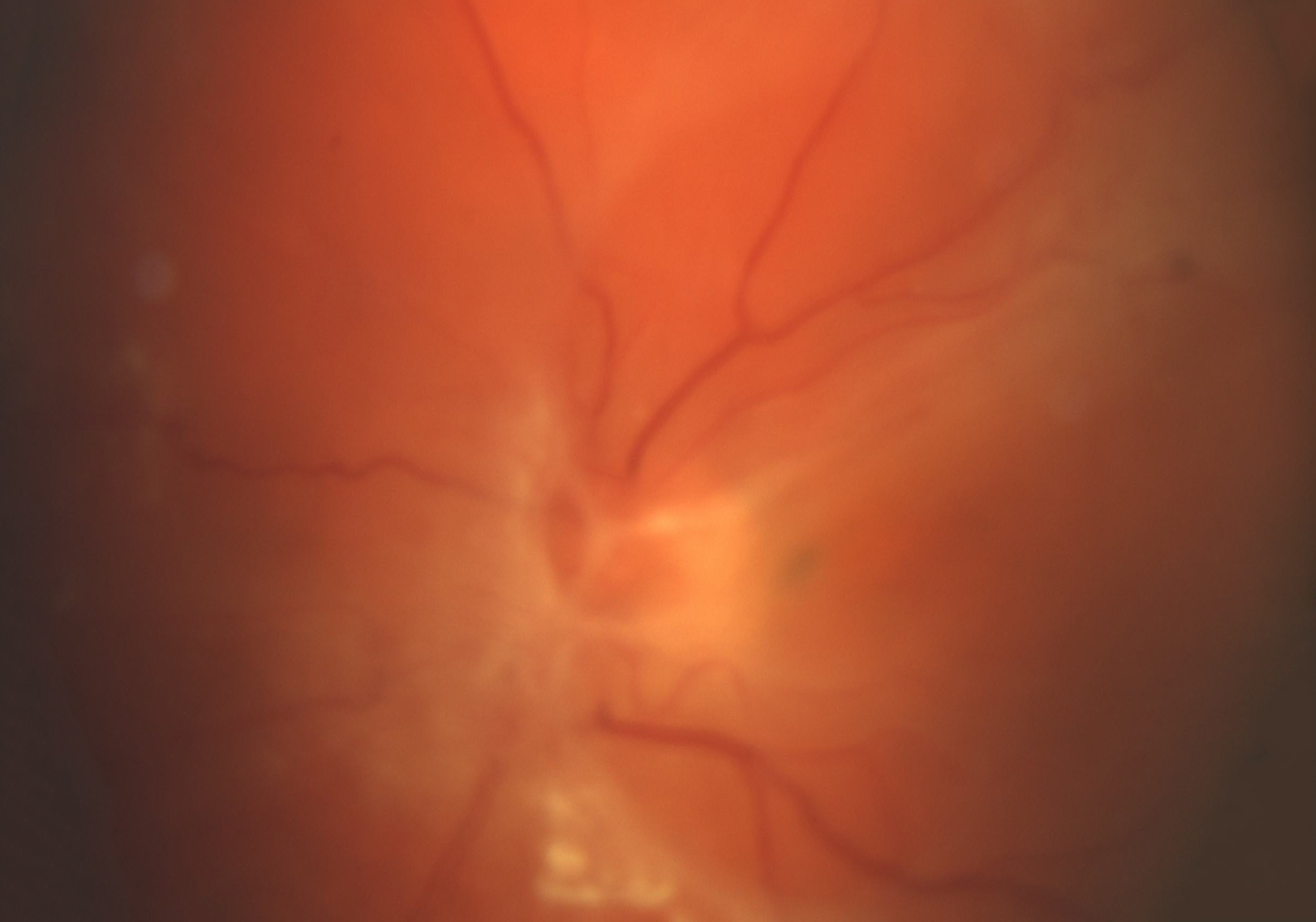
Tractive retinal detachment in proliferative diabetic retinopathy
Tractive ‘means train. In this form of retinal detachment occurs due to certain pathological changes in the eye, in the context of other eye diseases, a detachment of the retina by a strong pull on the adjacent retina. The causes are altered cells in the vitreous space, which lead to the formation of fibrovascular (connective tissue and vascular) membranes. Diseases that tend to retract the skin from the retina are primarily diabetes, retinopathy of prematurity, FEVR (familial exudative vitreoretinopathy), previous surgery, eye injuries, and Morbus Coat. The therapy of the retinal detachment is vitrectomy, vitreous surgery.
Exudative retinal detachment
In exudative retinal detachment, no mechanical causes for the withdrawal of the retina play a role. Various causes or diseases lead to the accumulation of increased fluid under the retina, whereupon it begins to stand out. This is due to either increased fluid formation or decreased drainage. Causes include ocular tumors (choroidal melanoma), retinoblastoma, lymphoma, choroidal metastases, malignant hypertension, renal insufficiency, uveitis and vascular disease. The therapy here is the treatment of the cause. It may be indicated a vitrectomy.
Therapy
Retinal tears can be treated by laser coagulation in the eye. The edge of the hole is hit with laser points. Due to scarring, the retina sticks to the underlying layer. If, on the other hand, the retina has already detached, then a surgical procedure must be used. Depending on the extent of detachment, age and condition of the patient, either an external invading operation (cerclage or seal) or vitreous surgery (vitrectomy) is performed. At the end of vitreous surgery, a so-called tamponade is introduced into the eye, which presses the retina. The tamponade consists either of a gas mixture which dissolves by itself within a few weeks or of silicone oil, which must be removed after a few months.


